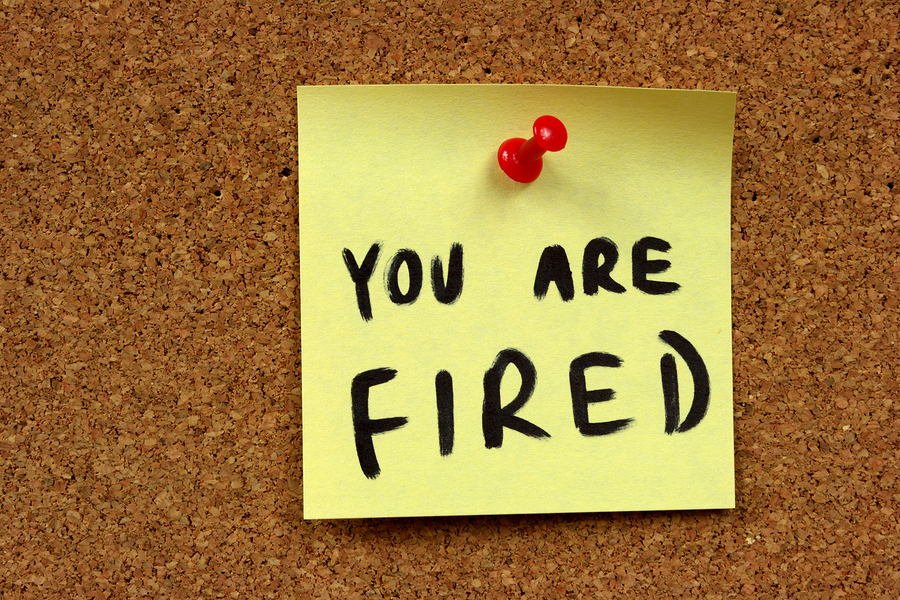The holidays are a notorious time to let your hair down, enjoy some egg nog and engage in secret Santa activities with the staff.
 When the tinsel is taken down, and the lights dimmed after the holiday, do you feel it is the end of the world to return to work?
When the tinsel is taken down, and the lights dimmed after the holiday, do you feel it is the end of the world to return to work?
As our society diversifies, so does the work place. More than 50% of the workforce is comprised of women. In several states, people of color are the majority, no longer the minority.
We also are experiencing unprecedented generational diversity with four generations working together (The Silent Generation, Gen X, Gen Y and Millennials). Employers more than ever need to be attuned to the burgeoning diversity on the job. Further, employees should also stay educated and proactive about their rights and responsibilities on the job.
With the coming year, the EEOC has announced areas that are of particular concern.
As the EEOC is responsible for identifying trends in the workforce, the following have been highlighted for further interest:
- LBGT community rights. In April of 2012, the EEOC announced that the transgender population is a protected class, as it is specifically a gender related status. Various states have different EEO policies on this issue. For example in the state of New York, sexual orientation IS a protected class.
- ADA issues, reasonable accommodation and qualification. With so many disabled veterans returning from two wars, employers should stay abreast of the requirements for physical and cognitive disabilities.
- Pregnancy accommodation. Recall in 1978, pregnancy was added to the list of protected classes and considered a form of gender discrimination if a staff member is treated differently because of pregnancy status.
Therefore all involved are responsible for maintaining a healthy workplace and playing their role in making the community accessible and inclusive.
Here are some tips for employees:
- If you feel you are facing discrimination, speak up and initially discuss this with the person who is allegedly exhibiting such discriminatory behavior. Sometimes what one thinks is discriminatory, another thinks is fair or in good humor. Open and honest communication can go a long way before a situation gets out of control. Also, the target of harassment or bullying has a responsibility to put the aggressor on notice to stop the behavior.
- Be sure to stay current regarding protected class, discrimination and trends in the EEO law. If one person is being harassed on staff, all people will feel the tension from the problem.
- Stay in touch with HR and document problems if they occur. Employees have a responsibility to report problems and engage administrative remedies if harassment is evident.
Here are some tips for employers:
- Have regular training to keep staff educated. The actions of a supervisor or manager can put the entire organization on the hook for discriminatory behavior.
- Respond to complaints quickly and discretely. By ignoring complaints, an employer can make the problem worse if it is ignored. Complaints that are ignored also give the complainant the right to seek remedies through the EEOC and external legal action.
- Don’t play favorites… in any part of the employment process. If staff thinks the boss plays favorites at the point of hire, in promotion, or other aspects of employment, the staff will not trust the employer to protect their rights. Favoritism can chill an environment.
The New Year can usher grand productivity, a healthy work environment, and growth as we eek our way out of recession. The changing demographics too are an opportunity to embrace creative ideas that are often the product of diverse ideas. Nonetheless, diversity management is everyone’s responsibility, to keep the job a safe place for all who report to the job.
Leah Hollis, Ed.D. is a contributing blogger for JenningsWire, a blogging community created by Annie Jennings.





